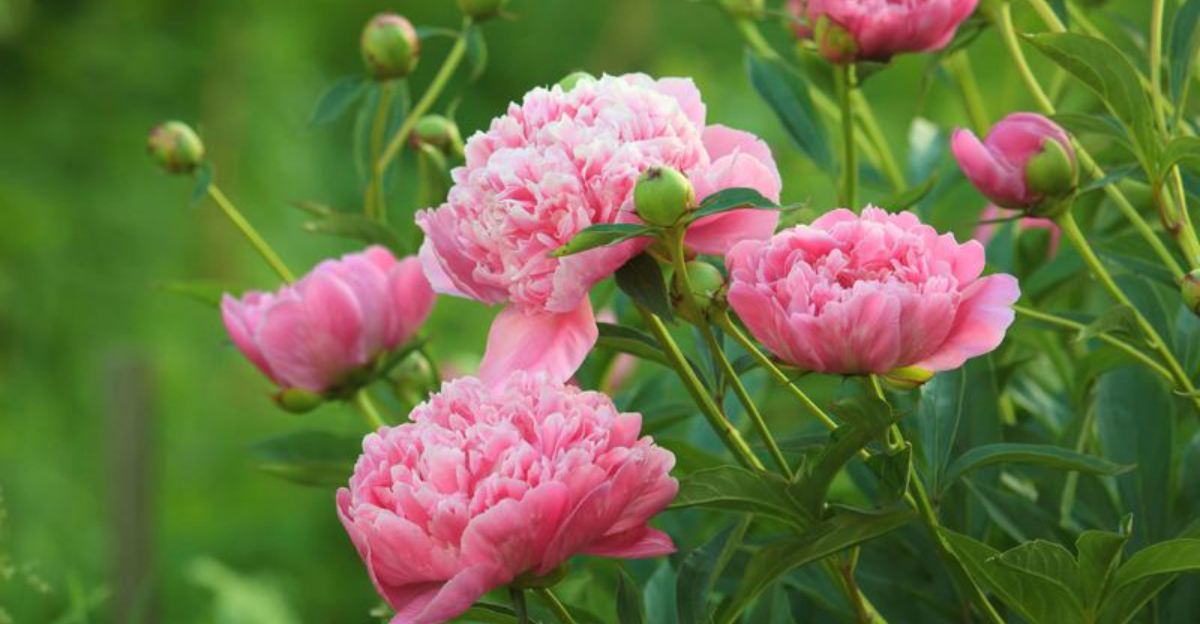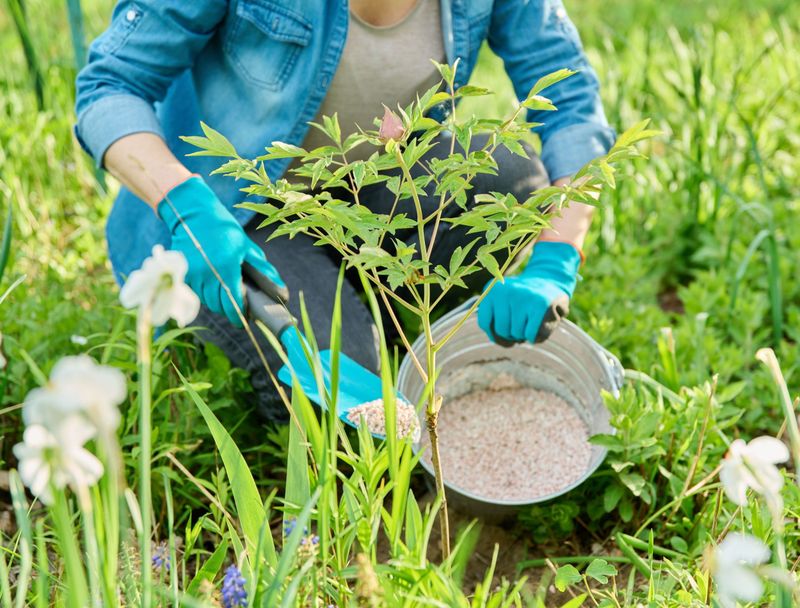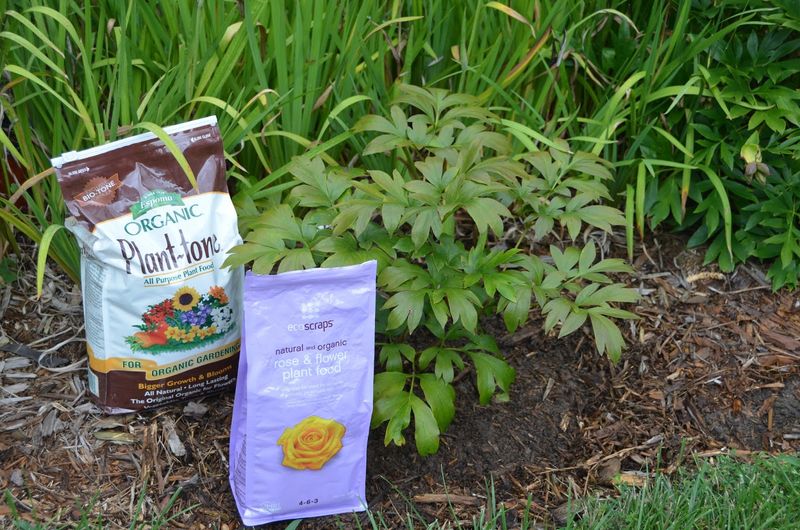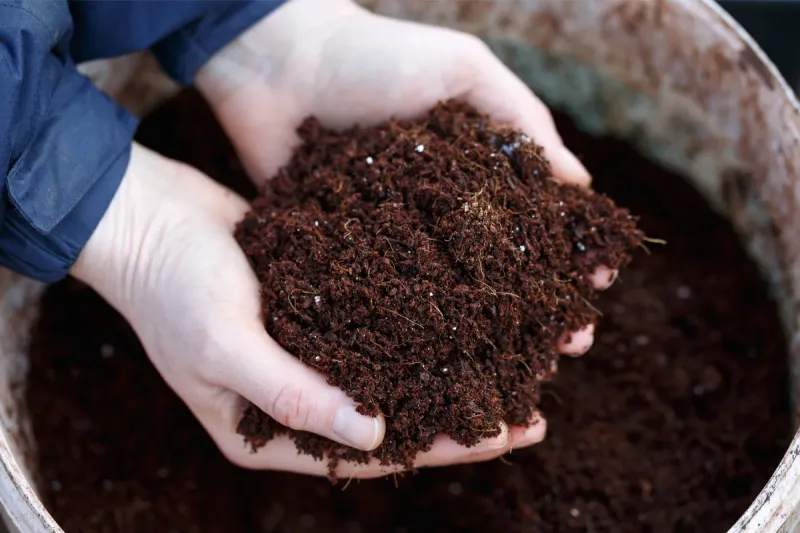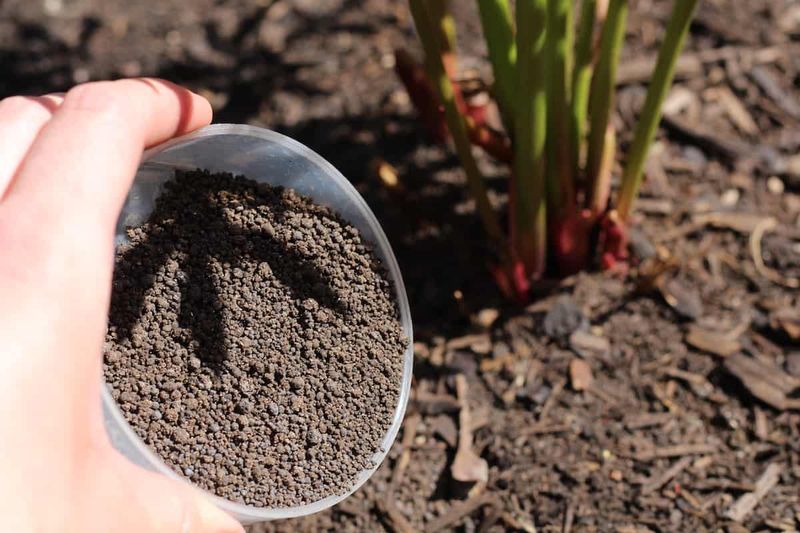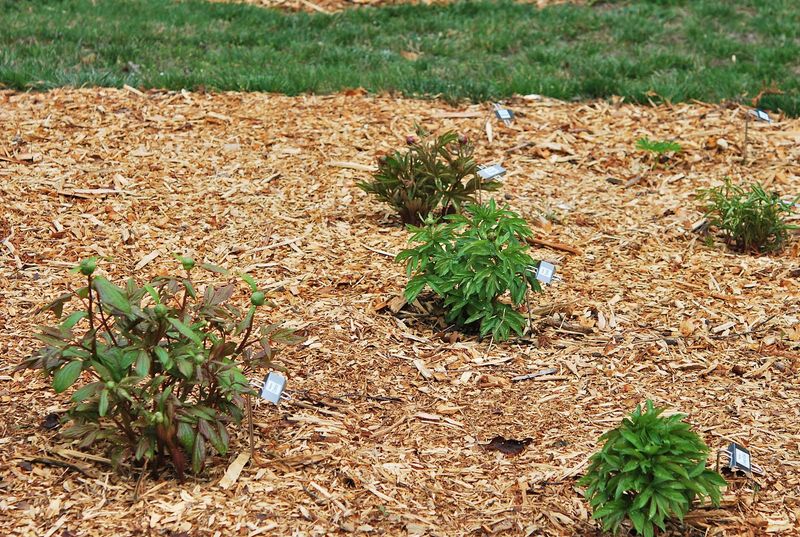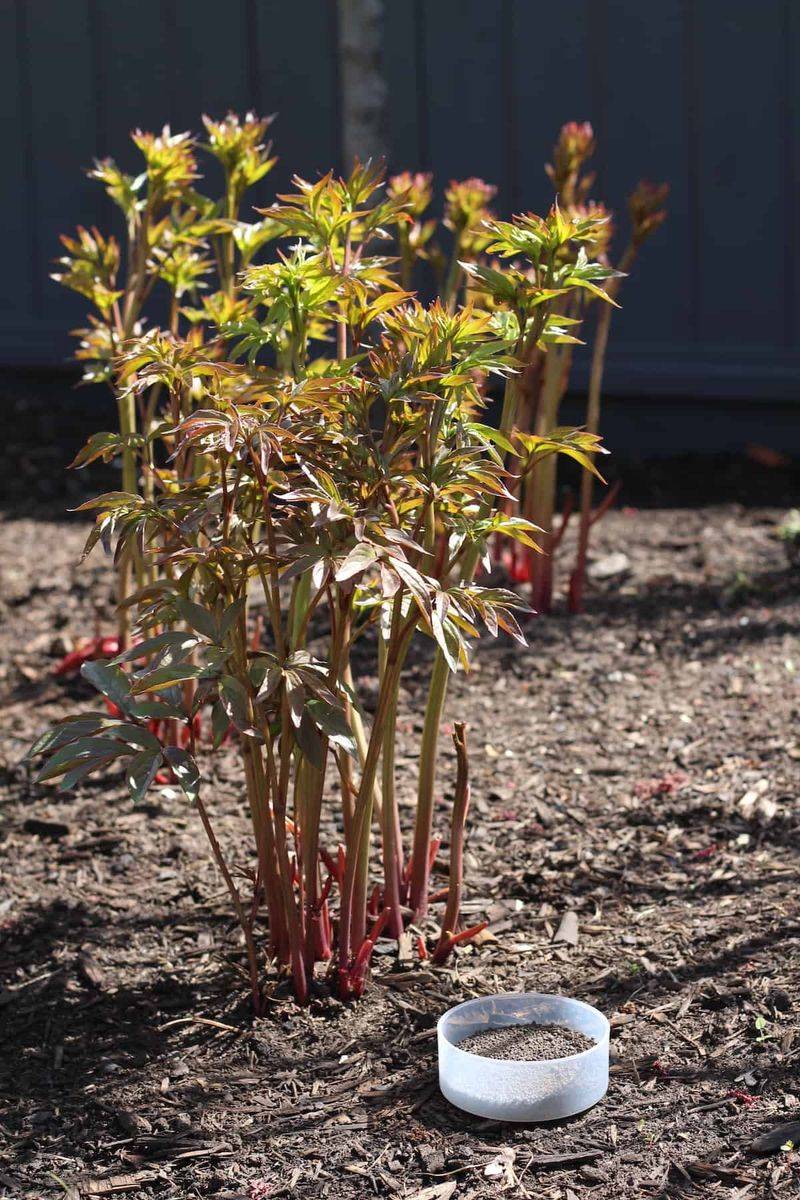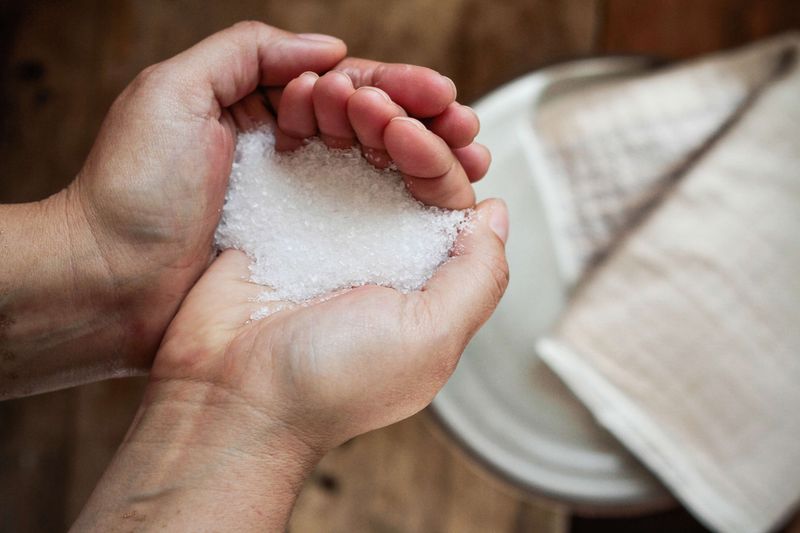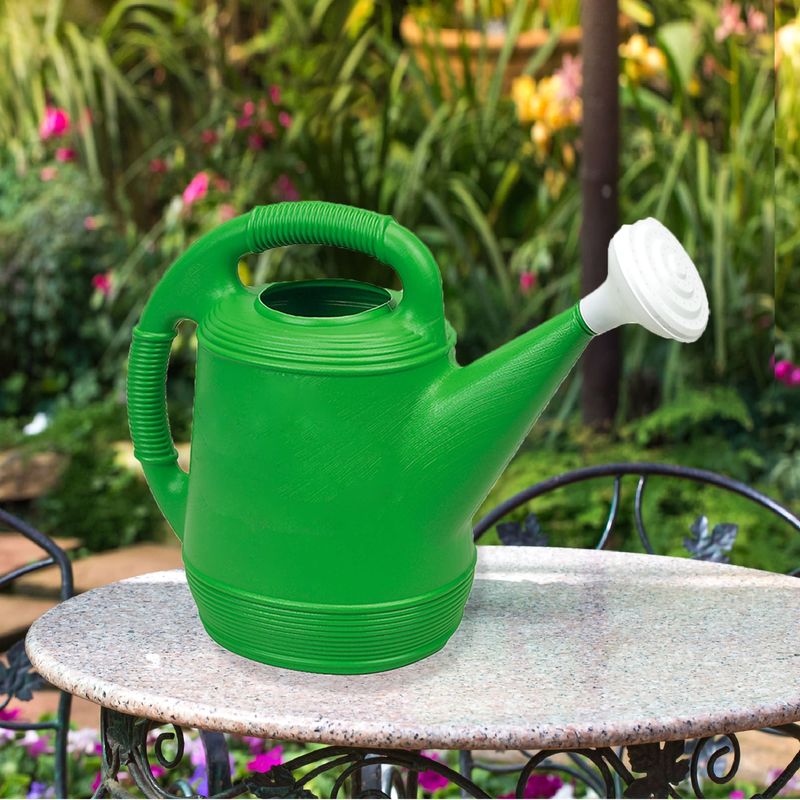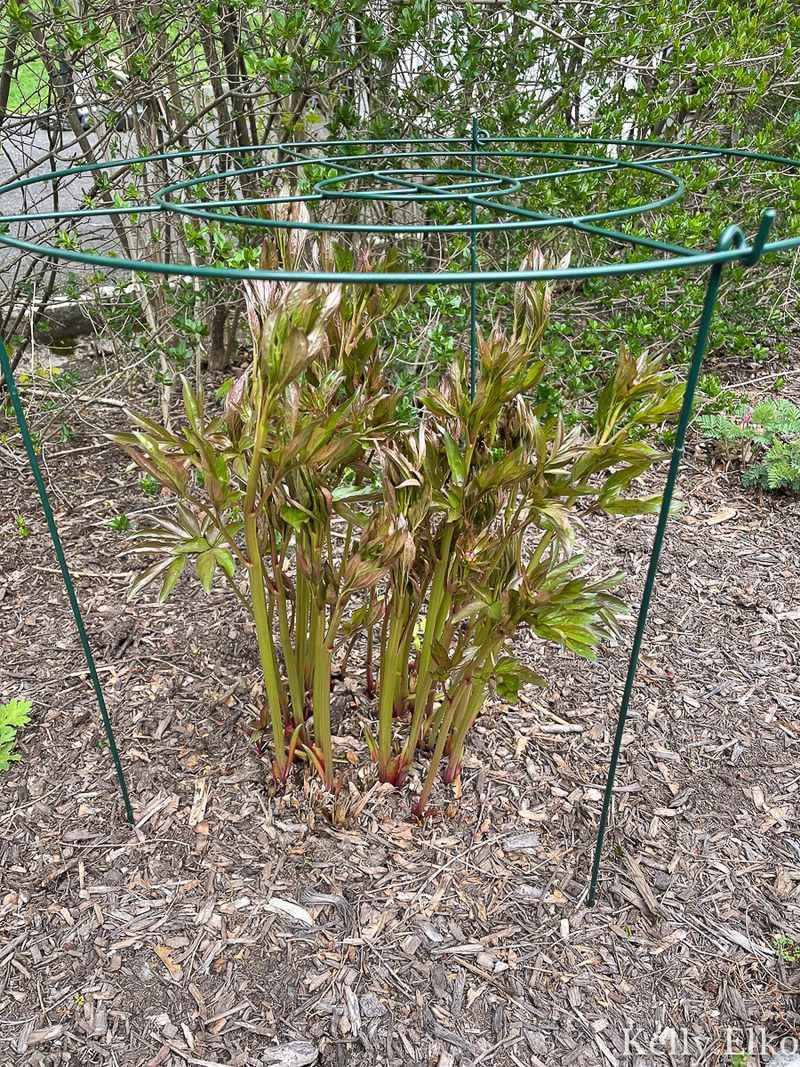Spring is just around the corner, and it’s the perfect time to get your peonies ready to bloom.
Fertilizing peonies correctly can make all the difference in achieving lush, vibrant flowers.
Here are 10 tips to ensure your peonies are in top form before spring arrives.
1. Know the Best Time to Fertilize
Early spring marks the ideal time to fertilize your peonies, just as the shoots start to emerge from the ground. During this period, the plants are waking from dormancy and are ready to absorb nutrients effectively.
Applying fertilizer too early can lead to nutrient runoff and wasted effort. As the peony shoots become visible, consider applying a balanced fertilizer to set the foundation for robust growth.
This timing helps ensure that the nutrients are used efficiently, promoting healthy development and beautiful blooms come late spring. Keeping a close watch on your garden helps identify the right moment.
2. Avoid High Nitrogen Fertilizers
While nitrogen is essential, too much can lead to lush foliage with few blooms. High nitrogen fertilizers promote leaf growth at the expense of flowers, which is not ideal for peonies.
Peonies thrive when their nutrient needs are balanced, focusing on phosphorus and potassium for blooming. Carefully read fertilizer labels to avoid formulations with excessive nitrogen content.
Instead, choose fertilizers with lower nitrogen percentages to encourage abundant flowering. By managing nitrogen levels, you ensure that your peonies allocate energy toward blossom production, resulting in a more spectacular display.
3. Use a Balanced Fertilizer
A balanced fertilizer, such as a 10-10-10 or 5-10-10 blend, is essential for peonies. These fertilizers provide a harmonious mix of nitrogen, phosphorus, and potassium, which are crucial for comprehensive plant health.
Nitrogen fuels foliage growth, phosphorus enhances root and flower development, and potassium improves overall plant resilience. When choosing a fertilizer, ensure it suits your soil type and the specific needs of your peonies.
Many gardeners find that applying these nutrients in early spring maximizes their effectiveness. Regular testing of soil can guide in choosing the best fertilizer mix.
4. Incorporate Organic Matter
Adding organic matter like compost or well-rotted manure enriches the soil, improving its structure and fertility. These organic substances break down slowly, releasing nutrients over time, which supports sustained plant growth.
Compost aids in moisture retention, ensuring that peony roots remain hydrated and healthy. The presence of organic matter also encourages beneficial microorganisms in the soil, which play a vital role in nutrient absorption.
When planting or maintaining peonies, mixing organic matter into the topsoil can make a significant difference. Consistent soil enrichment fosters a more productive garden ecosystem.
5. Apply Bone Meal for Strong Roots
Bone meal is a wonderful natural fertilizer that provides a rich source of phosphorus, crucial for strong root development and prolific blooming. Applying bone meal in early spring encourages deeper root systems, which are vital for nutrient uptake.
It’s a slow-releasing fertilizer, ensuring that nutrients are available throughout the growing season. Sprinkle it around the base of your peony plants, and gently work it into the soil to maximize its benefits.
With strong roots established, peonies can focus on producing larger and more vibrant flowers, making your garden a visual delight.
6. Mulch for Moisture Retention
Mulching is an invaluable practice for conserving moisture and protecting peony roots. A light layer of organic mulch, such as shredded bark or straw, insulates the soil and reduces water evaporation.
This helps maintain consistent soil moisture levels, which is crucial during dry spells. Mulch also suppresses weeds, reducing competition for nutrients and water. When applying mulch, ensure it doesn’t touch the peony stems directly to prevent rot.
Regularly check the mulch depth and replenish as needed to sustain its benefits. This simple step can dramatically enhance your peony’s health and blooming potential.
7. Top Dress with Compost in Fall
Top dressing peonies with compost in the fall enriches the soil by adding nutrients that will be available for the next growing season. This practice improves soil structure and fertility, creating an optimal environment for peonies to thrive.
Applying compost in the fall allows it to break down over winter, integrating into the soil and enhancing its quality. This preparation ensures peonies have access to essential nutrients as they emerge in spring.
Regularly incorporating compost as a top dressing sets the stage for a more vibrant and resilient garden, paving the way for an impressive floral display.
8. Use Epsom Salt Sparingly
Epsom salt, rich in magnesium sulfate, can be a beneficial addition to your peony care regimen but should be used sparingly. Magnesium is vital for chlorophyll production, contributing to lush, green foliage and overall plant vigor.
Dissolve a tablespoon of Epsom salt in water and apply it around your peony plants once or twice during the growing season. Overuse can lead to soil imbalance, so moderation is key.
By including Epsom salt in your fertilizing routine, you enhance your peonies’ nutrient uptake, supporting robust growth and a healthier garden.
9. Water After Fertilizing
Watering after fertilizing is a crucial step in ensuring that nutrients reach the peony roots effectively. This practice helps dissolve the fertilizers, allowing them to penetrate the soil and be absorbed by the roots.
Adequate watering also prevents fertilizer burn, which can occur if chemicals concentrate near the plant base. After applying fertilizer, give your peonies a thorough watering, ensuring the soil is moist but not waterlogged.
Observing this step promotes efficient nutrient uptake, enhancing growth and flowering. Consistent watering practices contribute significantly to the overall health and beauty of your peonies.
10. Support Tall Peony Stems
As fertilized peonies grow, their stems can become tall and heavy with flowers, necessitating support to prevent bending or breaking. Using stakes or support rings provides stability, ensuring that the flowers remain upright and undamaged.
Place supports early in the growing season to guide stem growth naturally. This proactive approach helps maintain the aesthetic appeal of your garden and protects your investment in fertilizing efforts.
By supporting peony stems, you allow the plant to channel its energy into producing blooms rather than repairing damaged stems. Regular checks and adjustments keep your peonies in prime form.
